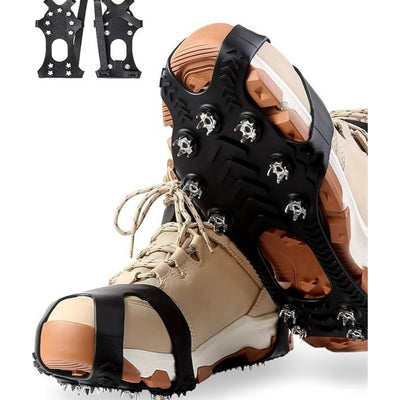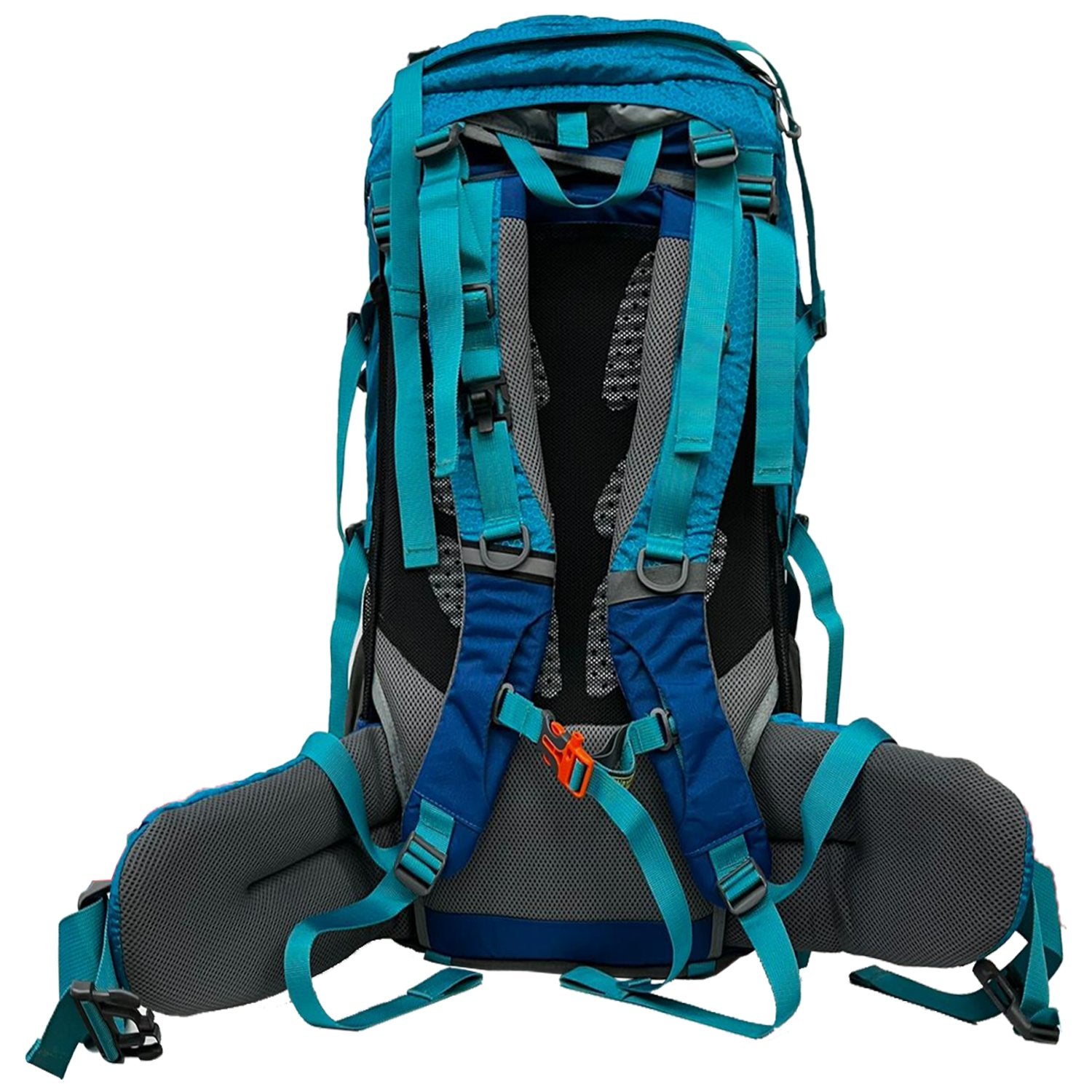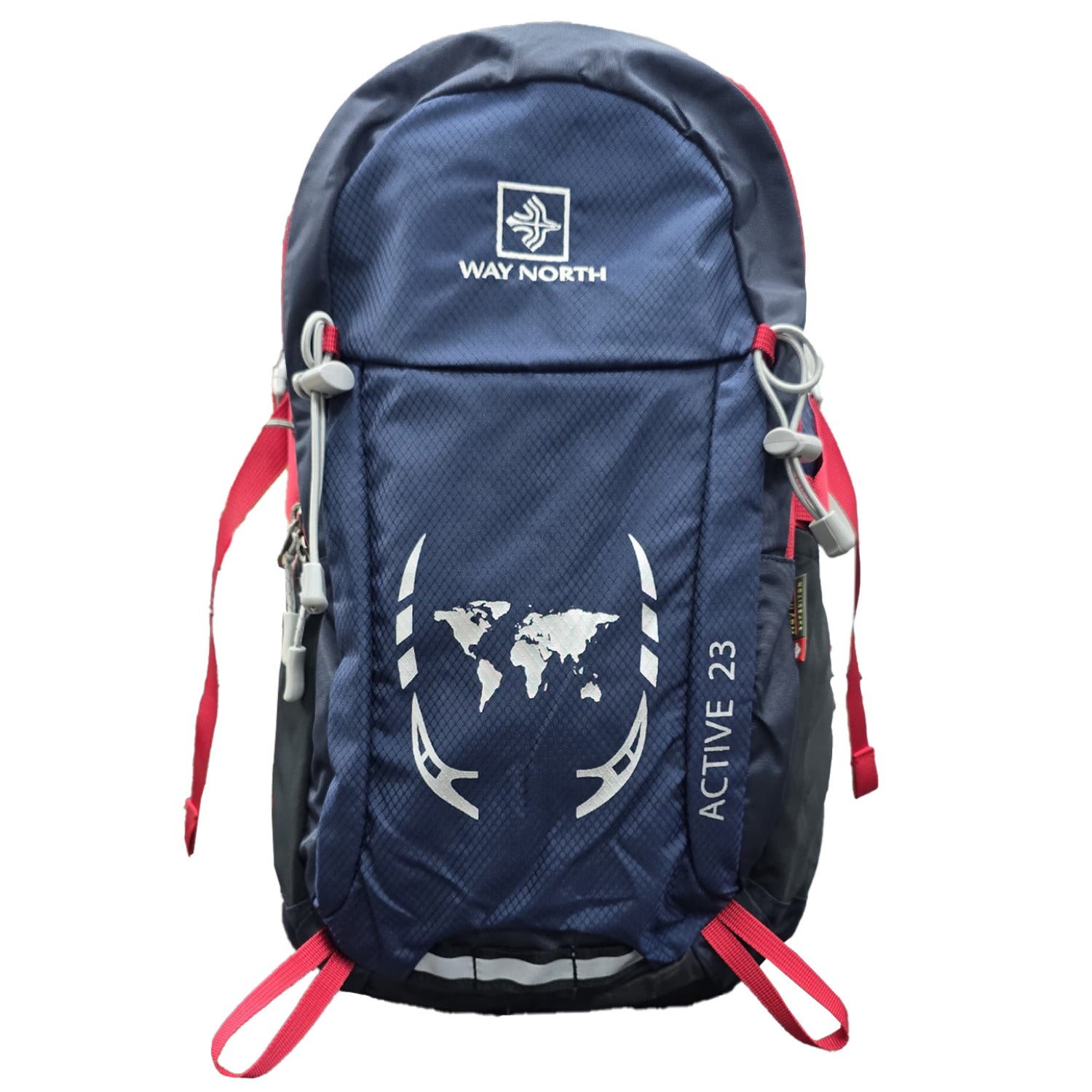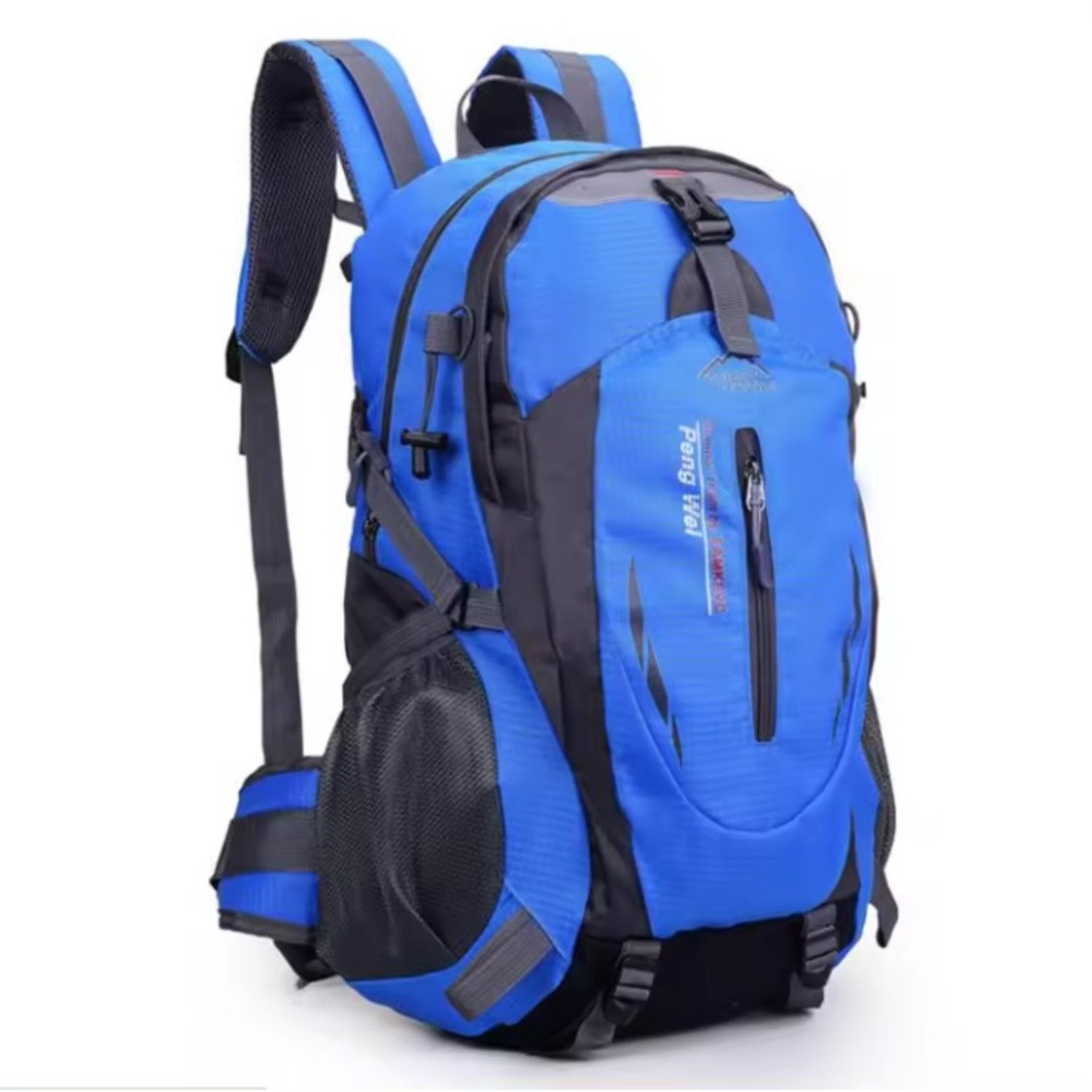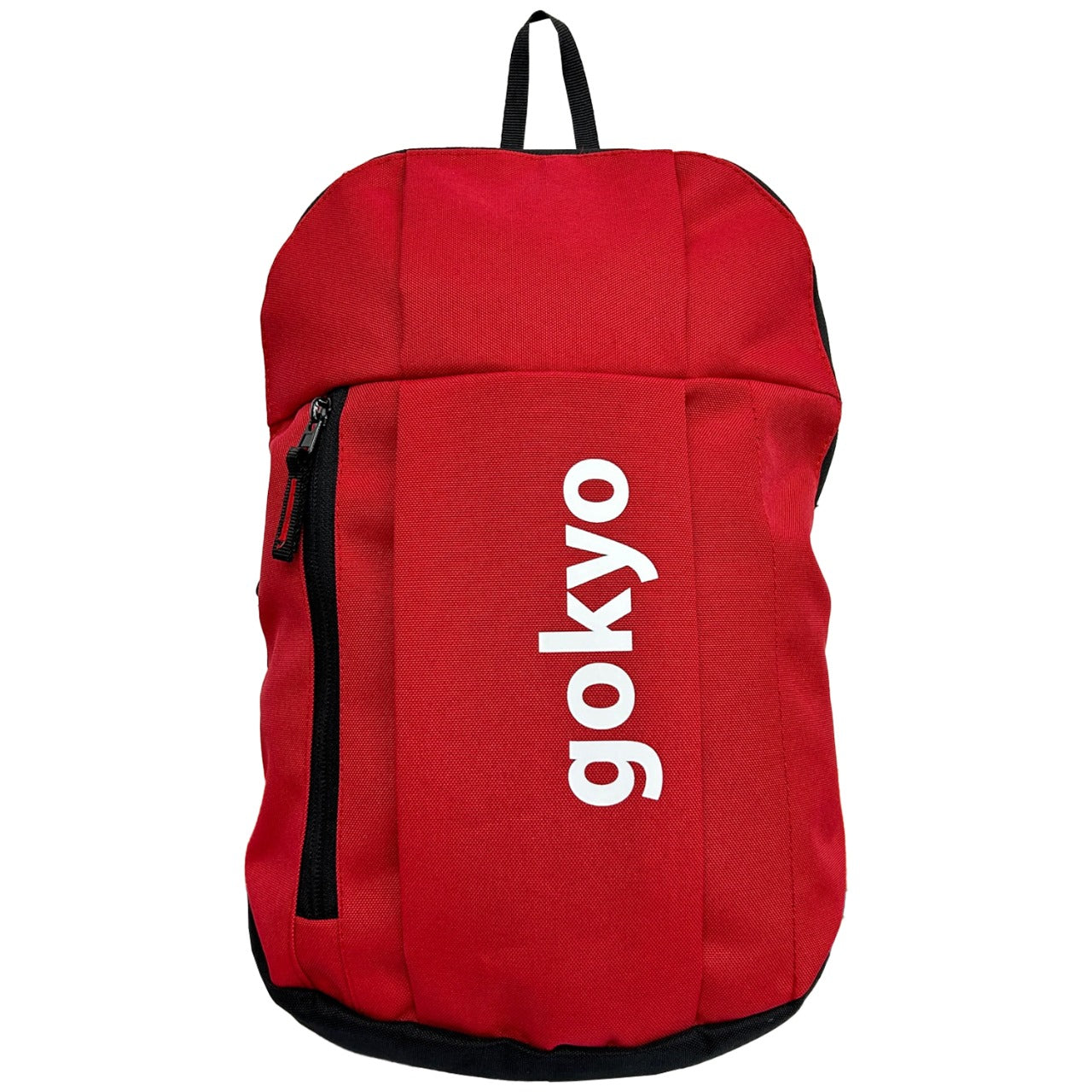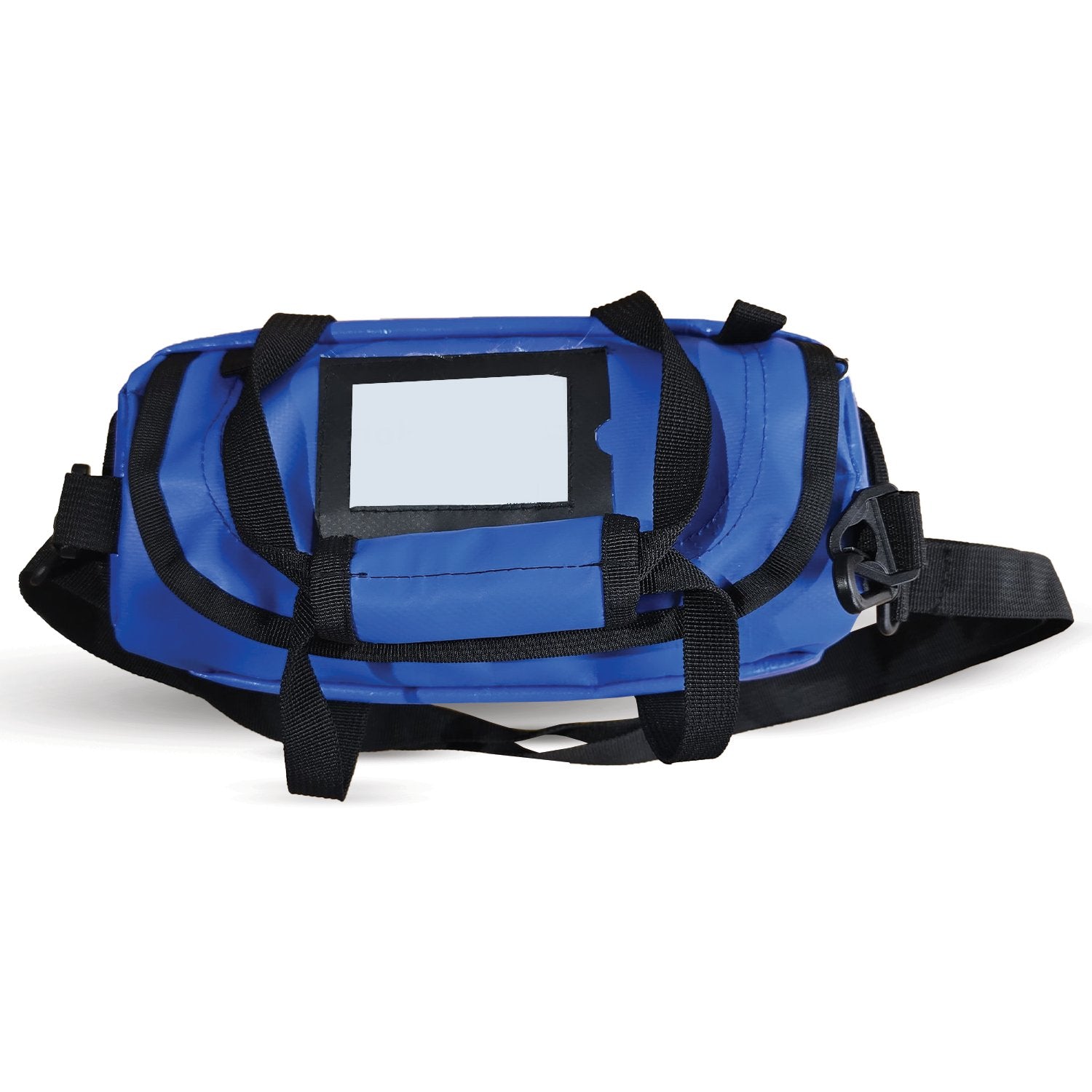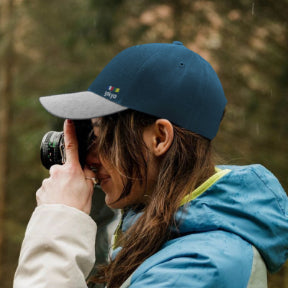Trekking is an exhilarating adventure, connecting you with breathtaking landscapes and pushing your physical limits. However, amidst the scenic panoramas and physical challenges, staying hydrated often takes a backseat. Dehydration can quickly sap your energy, hamper performance, and even lead to serious health risks. So, how do you ensure you stay adequately hydrated on your next trek?
This guide dives into essential strategies for keeping your body fueled and your thirst quenched throughout your trekking adventure. Let's explore ways to make water your best friend on the trail, not an afterthought.
Planning for Hydration: Before You Hit the Trails
Even before lacing up your trekking shoes and packing your trekking backpack, planning for proper hydration is crucial. Here are some key steps:
- Know Your Needs: Estimate your daily water intake based on factors like trek difficulty, weather conditions, and your individual sweat rate. A good starting point is 1 liter of water per hour of moderate activity.
- Invest in a Hydration System: A hydration bladder integrated into your trekking backpack provides easy access to water throughout the day. Opt for a size suitable for your estimated water needs.
- Carry Extra Water: Unexpected delays or changes in weather can increase your water requirement. Carrying an extra reusable water bottle or collapsible water container ensures you have enough to stay hydrated.
Hydration on the Trail: Making Every Sip Count
Once you're on the trail, it's vital to prioritize consistent hydration:
- Don't Wait Until You're Thirsty: By the time you feel thirsty, you're already dehydrated. Practice regular sips of water throughout your trek, even if you don't feel parched.
- Pace Yourself: Take frequent breaks to rest and rehydrate. Schedule breaks strategically, aligning them with challenging climbs or periods of exertion.
- Know Your Options: While water is essential, consider carrying electrolyte-rich tablets or sports drinks for longer treks. These can replenish electrolytes lost through sweat, aiding in hydration and preventing muscle cramps.
Gearing Up for Hydration Success at Gokyo
At Gokyo, we understand the importance of staying hydrated on the trail. We offer a wide selection of trekking backpacks with integrated hydration systems and compatible bladders, ensuring you have a convenient way to access water throughout your trek. We also have a variety of reusable water bottles and collapsible containers to suit your preferences.
Remember, proper hydration is essential for a safe and enjoyable trekking experience. By planning ahead, packing the right gear, and implementing these simple strategies, you can conquer the trails with renewed energy and avoid the pitfalls of dehydration.
For additional tips on backpacking and hydration essentials, check out this beginner’s guide from An Ordinary Existence. So, fill up your hydration pack, lace up your trekking shoes (with crampons for icy conditions if needed!), and get ready for an epic adventure!
Stay Safe and Dry with Our Crampons & Gaiters Collection
Frequently Asked Questions (FAQs) :
-
How much water should I carry on a day hike?
A general guideline is to carry at least 1 liter of water for every 2-3 hours of hiking. However, this can vary depending on factors like weather, intensity, and personal sweat rate.
-
What are the signs of dehydration?
Dehydration symptoms include thirst, dry mouth, fatigue, dizziness, headache, and dark-colored urine. If you experience any of these, drink water immediately and seek shade.
-
Can I drink from natural water sources on the trail?
While it's tempting, it's generally not recommended to drink directly from natural water sources without proper treatment. Carry water purification tablets or a filter to ensure the water is safe for consumption.
-
How often should I drink water while hiking?
Aim to take small sips of water every 15-20 minutes, even if you don't feel thirsty. This helps maintain consistent hydration levels.
-
What are the benefits of using a hydration pack?
Hydration packs offer hands-free access to water, allowing you to stay hydrated without interrupting your hike. They also distribute weight evenly, making them comfortable to carry.
-
Can I rely solely on sports drinks for hydration?
While sports drinks can replenish electrolytes, they shouldn't replace water as your primary hydration source. Water is essential for overall hydration, and sports drinks should be used as a supplement, especially during long or intense hikes.



